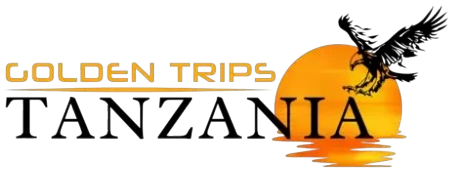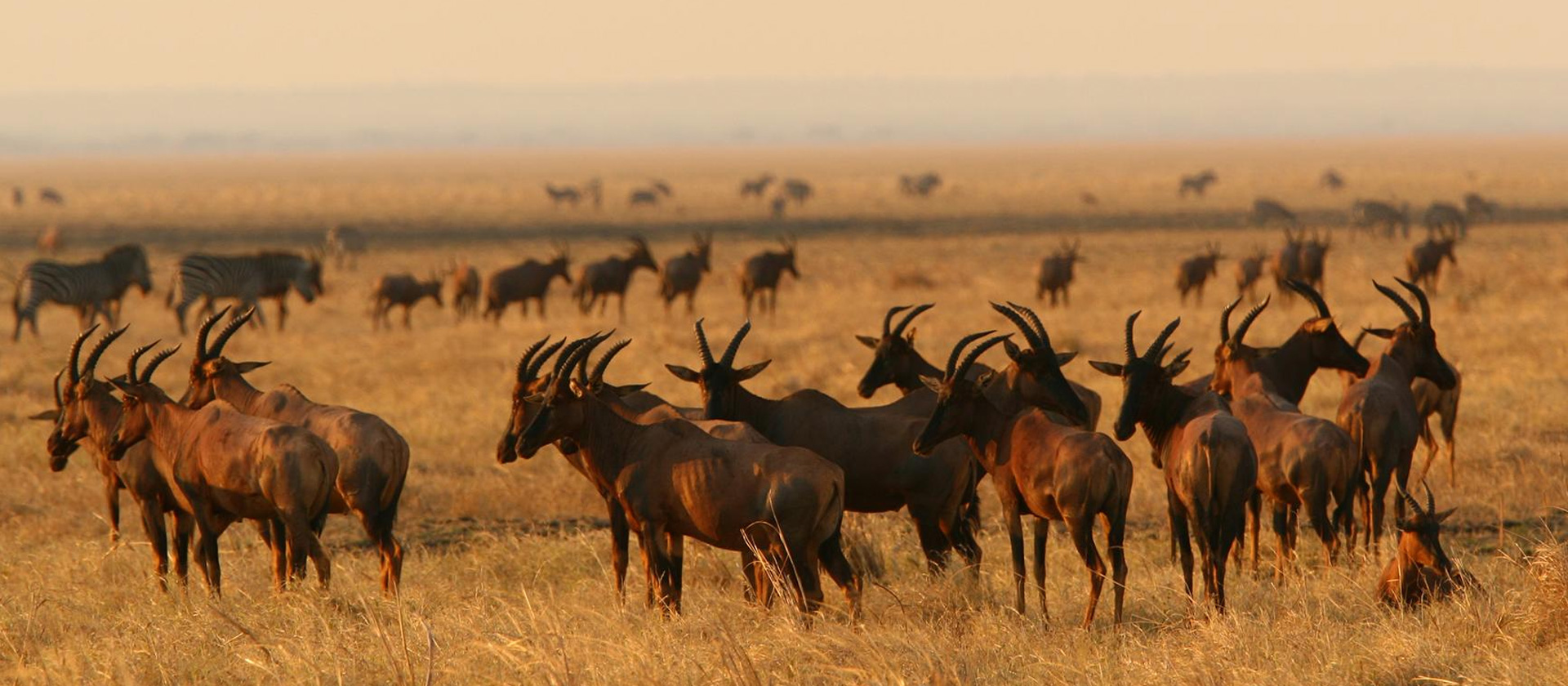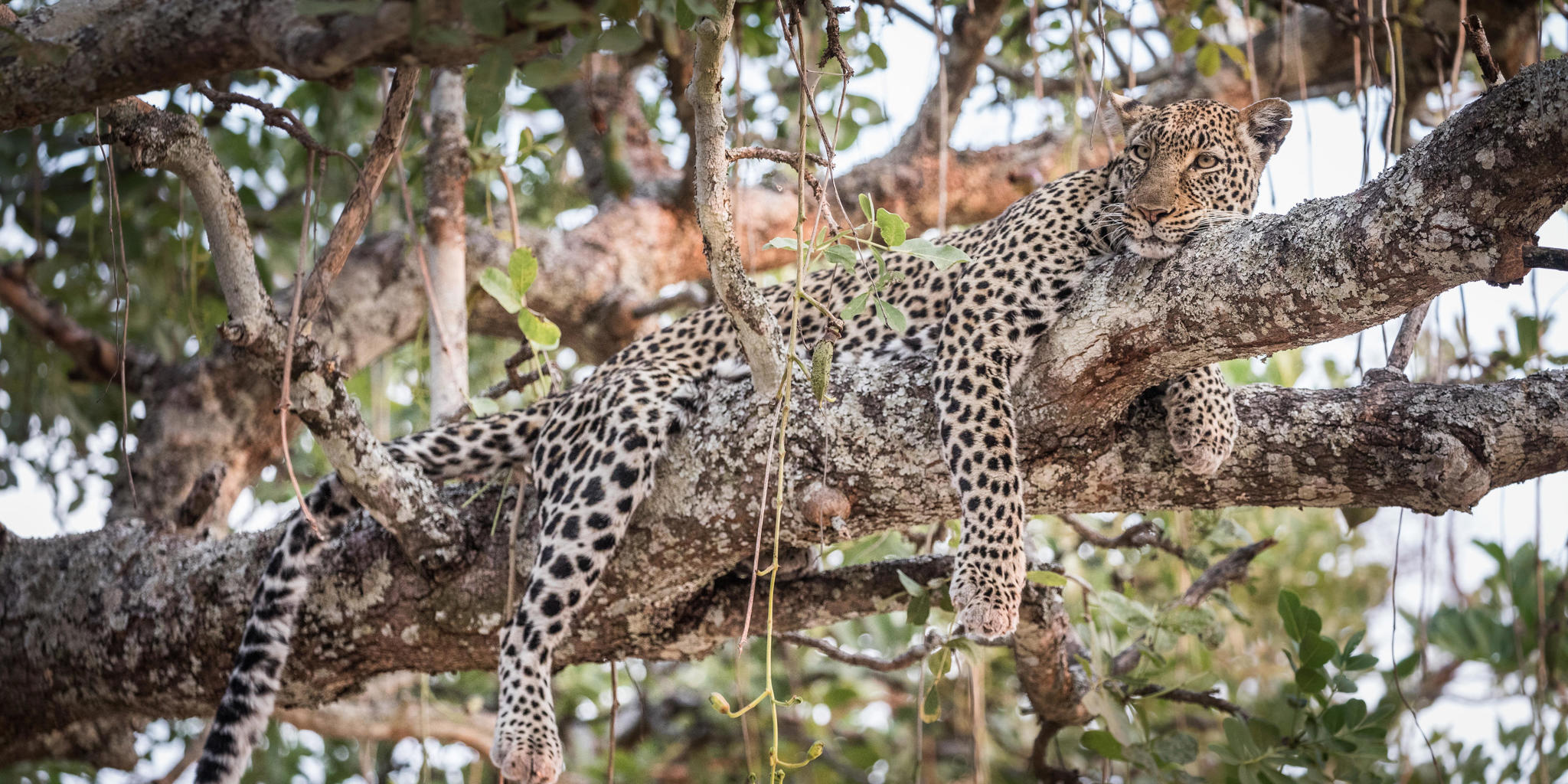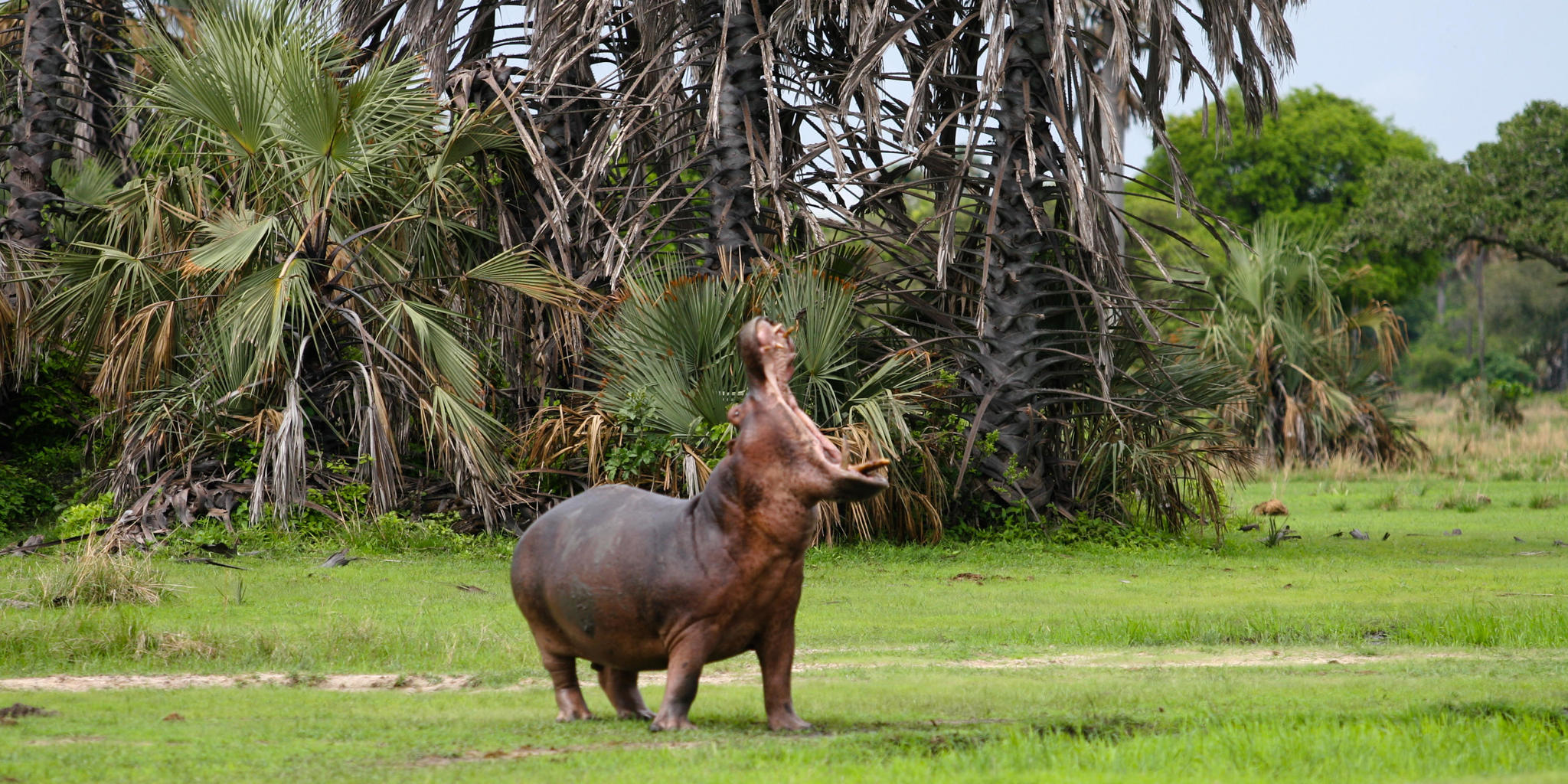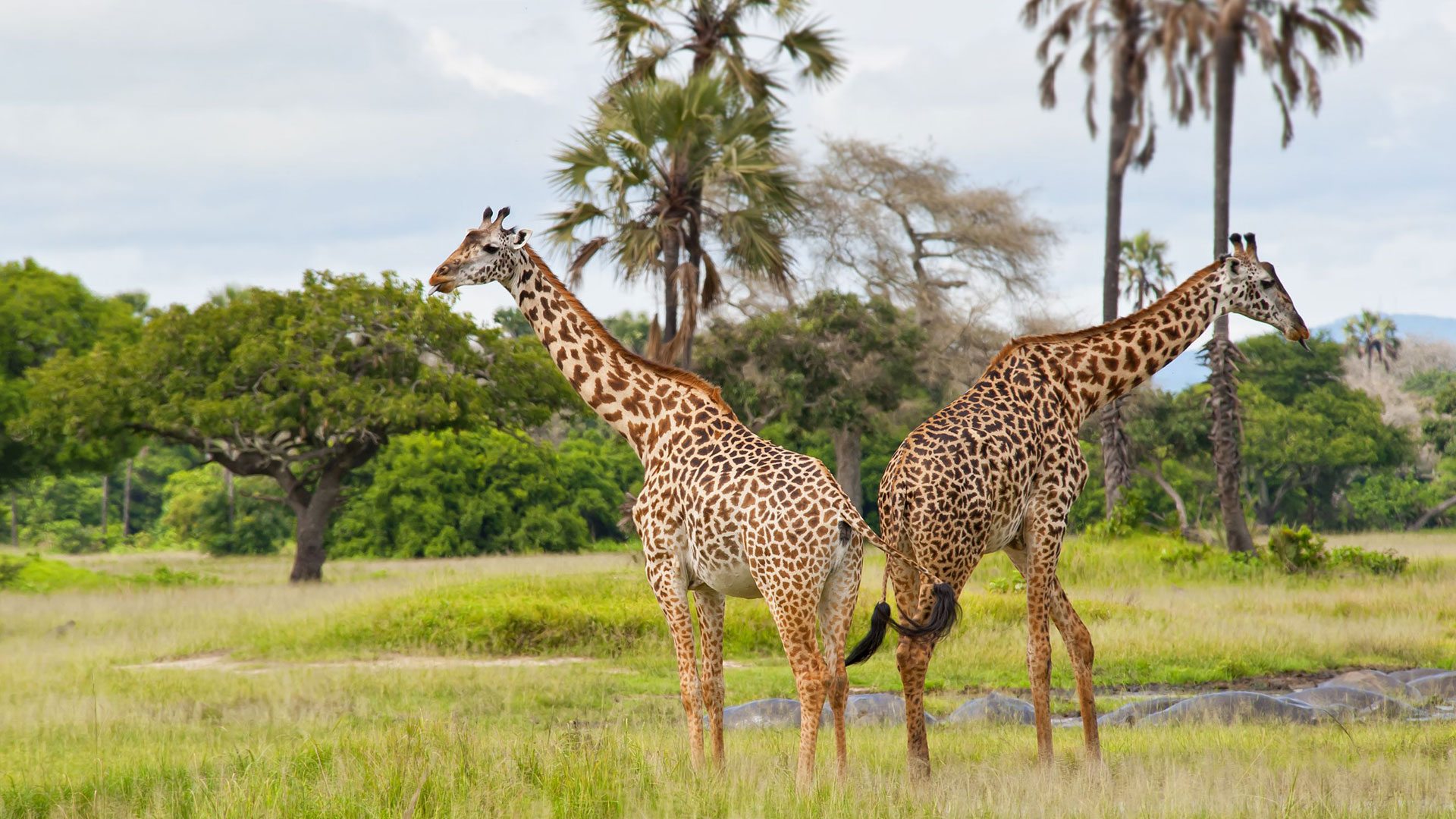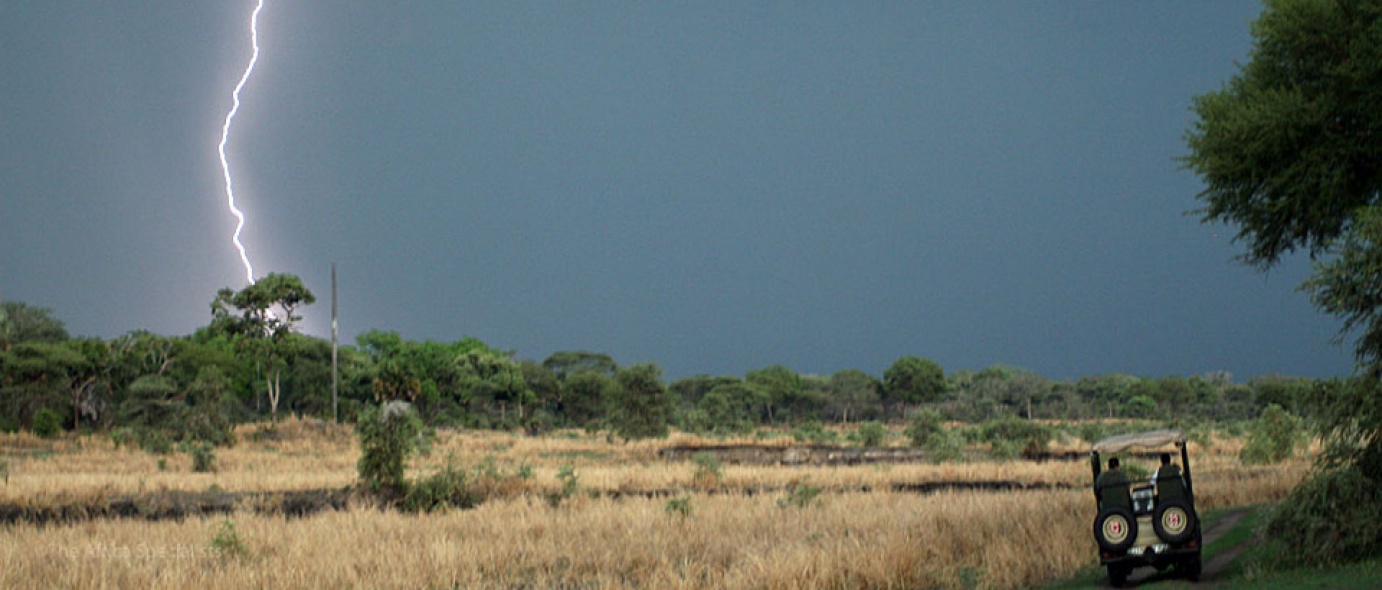Welcome to Katavi National Park, a remote, wild, and unspoiled gem tucked away in Tanzania’s far west. If you’re dreaming of a safari without the crowds, where elephants rule the floodplains and predators roam freely, then Katavi is your ultimate African escape.
Covering over 4,500 square kilometers, Katavi is Tanzania’s third-largest national park, yet it receives fewer than 2,000 visitors per year, making it one of the most exclusive safari destinations on the continent.
